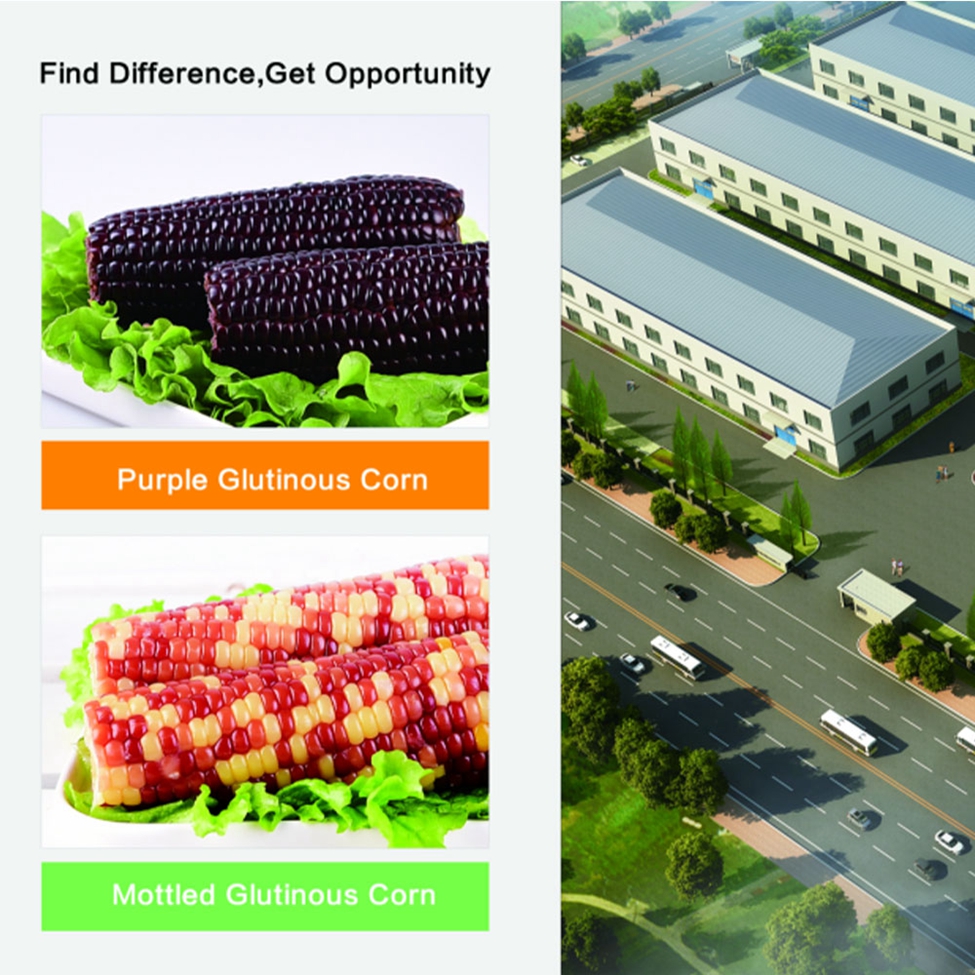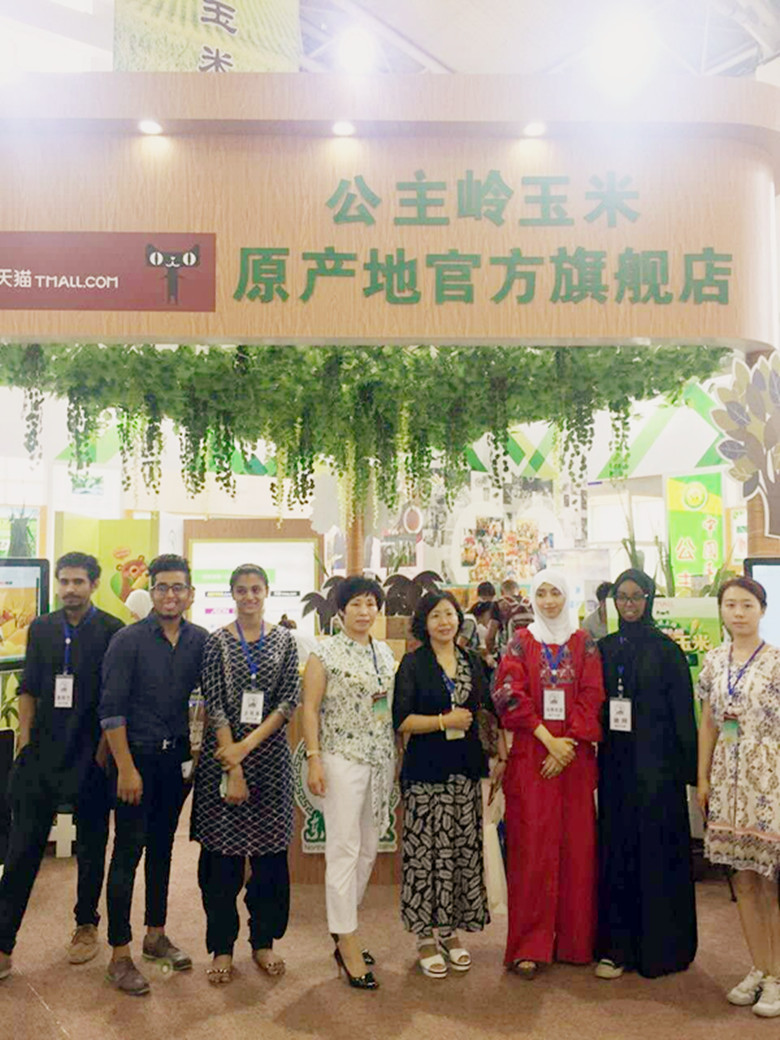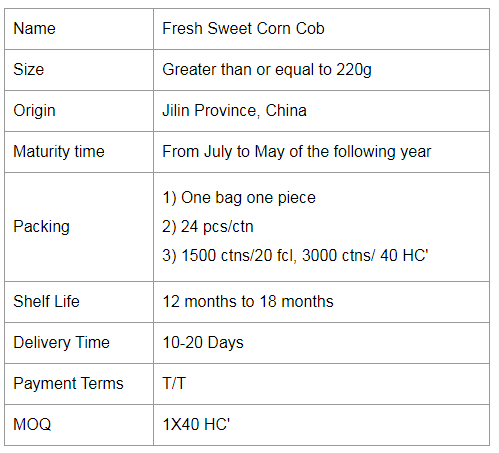Release date: 2014-10-09
Flying pigeons pass the book, the old horse knows the way. When still in the primitive era, humans have realized that many animals have outstanding guiding abilities. Even in the mountains and rivers, no matter how cloudy or rainy, these amazing animals always know where the road is. There are also such high-profile hackers in humans. They seem to have embedded a high-resolution map in their minds, and they will not lose their way. As a road fool who can't live without GPS, I always admire such people and animals. Is it possible to have a living GPS built into their brains? The 2014 Nobel Prize in Physiology or Medicine just announced is just right. Answered this question to us.
How can we not get lost? First, we must know what kind of place we are going. For example, I am going to the Forbidden City in Beijing. I must first know that it is a huge palace with red palace walls and golden glazed tiles. Abstraction says that we want to determine a certain position through a series of features. In our brain, there is such a neuron that is responsible for remembering the location features. One of the winners of this year's Nobel Prize in Physiology and Medicine, John O'Keefe of University College London, a colleague in the rat brain in 1971 called hippocampus In the brain area, a neuron was discovered, which they named "place cell"
John Keef. His team discovered the location cells in 1971.
At the time, they implanted a recording electrode in the hippocampus of the rat and placed the rat freely in an empty room. They found that cells were only active at specific locations when the rat was in a specific location, and O'Keefe referred to those regions that caused cells in a particular location to be active as the firing field of cells in those locations. The rat acquires external characteristic information from the environment through various senses, while the positional cell can cooperate with other cells in the hippocampus to compare the input characteristic information with the characteristic information of different locations recorded in the past. Once the information is matched, the cells at the specific location corresponding to that location become active. In this way, our brain is able to associate specific feature information with specific spatial locations to form spatial location memory.
In the right picture, the light gray area is the brain of the rat, the dark gray represents the hippocampus, and the orange color indicates the area where the cells are located. The left picture shows the trajectory of the rat in an open room, where the orange point indicates the position of the rat when the cells in a certain batch position are active, and the light orange round spot indicates the release field of the cells in these positions.
In a study of positional cells for more than 30 years, O'Keefe's team conducted a more in-depth study of such cells. They found that, like other memories, this spatial position memory can be forgotten over time, and can be strengthened through repeated training, and even retained for life. But the special feature of this memory is that it has a certain degree of plasticity: when the environment changes to a certain extent, these memories can also be modified according to environmental changes, which explains why we can still change when the surrounding environment is constantly changing. Remember those locations accurately. In addition, O'Keefe also noticed that the location cells can also subdivide some sub-categories, such as a class of neurons that are sensitive to the active boundary - a wall or a gully that cannot be crossed - and they are named boundary cells. (border cell).
However, merely remembering the characteristics of the area is not sufficient to explain the spatial positioning ability of the animal. If the map describes the characteristics of each place, but does not tell us the relative location of these places, we still can't navigate with this information. In order to better describe the location information of different locations, people introduced the concept of “latitude and longitude†on the map. This completely uniform spatial coordinate system that does not depend on the specific location features can give each location on the map a unique and convenient The coordinates of the lookup.
O'Keefe discovered the location of cells for more than 30 years, a couple of scientists, May-Britt Moser and her husband Edvard I. Moser, through a series of experiments to prove that animals Similar mechanisms for establishing spatial coordinate systems exist in the brain. These findings led them to share this year's Nobel Prize in Physiology or Medicine with O'Keefe.
Mai-Brit Moser (left) and husband Edward Moser (right).
Prior to this, the academic community generally believed that the spatial positioning ability of animals was entirely derived from the memory of the hippocampus. Therefore, the research on spatial localization mechanism has been limited to the interior of the hippocampus. While the Moselles were visiting scholars in O'Keefe and Richard Morris's laboratory in the field, they thought that the spatial positioning mechanism might depend on brain regions outside the hippocampus. . They started from the projection to the hippocampus upstream neurons. After years of hard searching, they finally discovered a new type of neuron in the brain region called the entorhinal cortex outside the hippocampus in 2005. They named it Grid cell. Although the activity of the grid cells is also related to the location of the animals, unlike the location cells, the activity of the grid cells does not depend on the characteristic information input by the outside world, and the distribution field of any grid cell is evenly distributed in the space. And it presents a honeycomb-shaped hexagonal grid.
The left image shows the release field of a grid cell when the rat is moving in an open room. It can be seen that these distribution fields exhibit a uniform hexagonal distribution. The right panel shows the relative position of grid cells in the rat brain.
This unique mode of activity of grid cells was unheard of in neuroscience at the time, giving the Moser couple a broad space to show their strengths. They made a deeper exploration of the working mechanism of grid cells. They found that the other two cells discovered in earlier years, the previously mentioned border cells and the head-direction cells in the hippocampus, have extensive functional connections with grid cells. . Among them, the function of the head direction cells is to analyze the information from the vestibular system to determine the direction in which the head is oriented.
Later, with the development of computational neuroscience, scientists gradually revealed that grid cells can integrate boundary information from border cells, direction information from cells in the head direction, and distance information from visual and proprioception, and through some complex algorithms. To determine the exact coordinates of yourself in this hexagonal coordinate system.
With the coordinate system determined by the grid cells, with the location characteristics of the location cell records, plus the boundary defined by the boundary cells, the basic information needed to map the brain is complete. Following this line of thought, the Moser and O'Keefe and many other scientists in the field quickly established a theoretical model for the interaction of different directed cells.
It is indicated that the cells from the hippocampus (orange) and the border cells and the grid cells from the entorhinal cortex (blue) construct a "cognitive map" in the animal's brain.
Soon after, researchers discovered similar spatial positioning systems in the brains of virtually all mammals, including humans, paving the way for the practical application of the theory. On the one hand, spatial position memory, as a kind of memory, is widely used in the study of learning and memory mechanisms. The spatial fear memory widely used by major laboratories is based on the behavioral paradigm established by this theory, which provides a good research tool for understanding the mechanism of learning and memory. On the other hand, this theory has also been applied to humans. A survey shows that taxi drivers who travel through the labyrinth of London's streets have more developed hippocampus, and the results suggest that GPS can become even more powerful as long as you practice. In addition, many diseases such as Alzheimer's Disease (AD) can cause patients to recognize the symptoms of the road. Research on positioning and navigation can help doctors and scientists to deepen their understanding of these diseases and thus better diagnose Treat these conditions.
The work of O'Keefe and Moser made an outstanding contribution to the understanding of cognitive mechanisms and the exploration of neuroscience. Even if they don't need to use positional cells, their position in the development of science will surely be remembered.
Source: Shell Network
Ready-to-eat Single Packed Sweet Corn
The factory is located in Gongzhuling City which known as "Hometown of Corns in China", it is one of the top three golden corn belts in the world far away from pollution.
Jilin Province, as the main corn producing region in China, is also in the main grain exporting province of the country. It has been the first in China in terms of total corn production and commercial grain rate. There has the mosst excellent soil and climate which are suitaable for corn growth. The corns there have high yield and excellent quality, are ideal raw materials for processing fresh sweet and waxy corn.Corn planting in the Northeast region is mostly one crop a year, and spring sowing is mainly based on clearing, which accounts for more than 50% of the corn planting area in the Northeast.
In addition to clearing, the importance of corn in crop rotation cannot be ignored. Rotate crops with sorghum, millet, soybeans and other crops to improve crop yields.
Affected by climatic characteristics, the choice of corn varieties in Northeast China is to choose varieties with moderate maturity or early maturity, and at the same time have the characteristics of low temperature tolerance and high yield.



If you have any questions, please contact us directly. Welcome to visit our factory, if you have any questions, please email us directly.
Sweet Corn Cob Varieties,Sweetest Sweet Corn,Sweet Corn Maize,Sweetened Corn Cob
Jilin Province Argricultural Sister-in-law Food Co., Ltd. , https://www.nongsaocorns.com